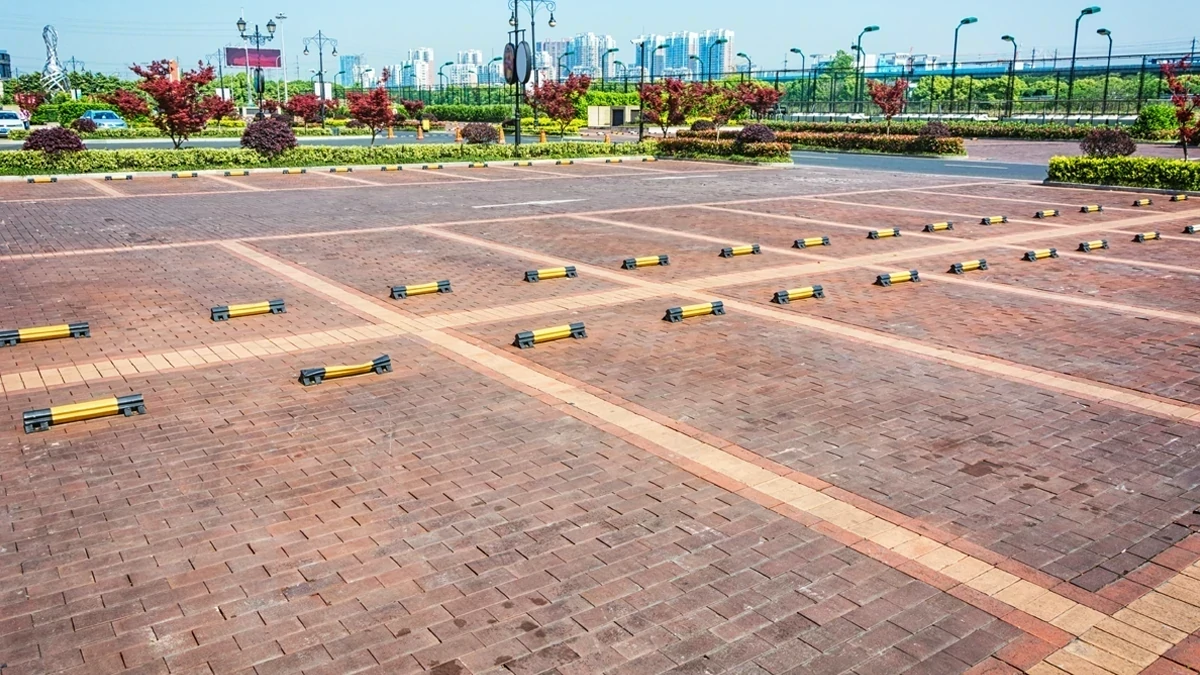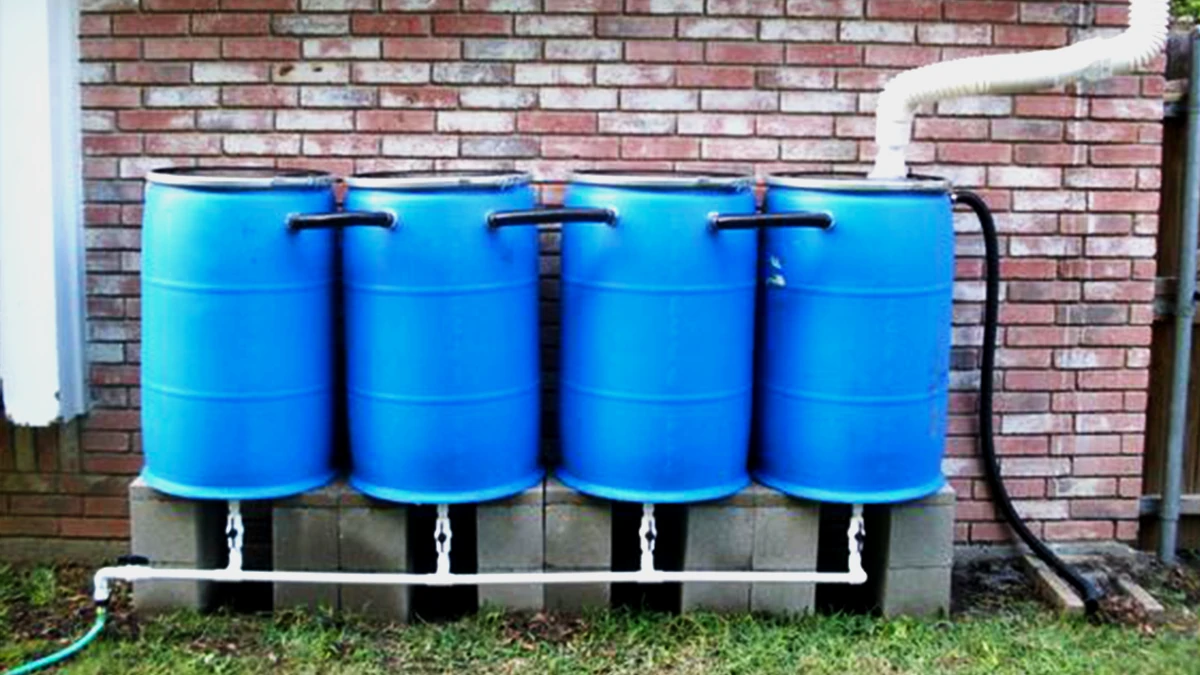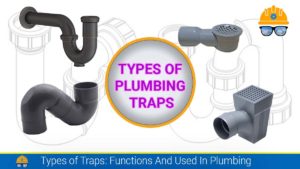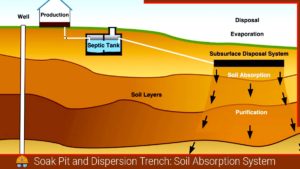In the face of rapid urbanization and its associated environmental challenges, Low Impact Development has emerged as a beacon of sustainability in land development and stormwater management. This innovative approach seeks to harmonize urban growth with the preservation of natural hydrologic systems, promoting a healthier and more environmentally conscious future.
What is Low Impact Development (LID)?
Low Impact Development (LID) is an approach to land development and stormwater management that aims to mimic the natural water cycle as closely as possible. LID strategies focus on using decentralized, small-scale stormwater management practices to reduce the impact of urbanization on water quality and quantity. The U.S. Environmental Protection Agency (EPA) provides the following definition of Low Impact Development:
Low Impact Development is a comprehensive land planning and engineering design approach with the goal of maintaining and enhancing the pre-development hydrologic regime of urban and developing watersheds. This approach emphasizes the conservation and use of on-site natural features integrated with engineered, small-scale hydrologic controls to more closely mimic natural hydrologic runoff characteristics and control stormwater at the source. LID principles and practices are applied to manage stormwater as close to its source as possible.
The term “Low Impact Development” gained prominence in the field of urban planning and stormwater management in the 1990s. The concept emerged as a response to the environmental challenges associated with traditional stormwater management practices, which often led to increased runoff, water pollution, and altered hydrological patterns in urban areas.
Understanding Low Impact Development:
Low Impact Development is a comprehensive strategy that reimagines the traditional paradigms of urban planning. It places a strong emphasis on mimicking natural processes, maintaining pre-development hydrologic conditions, and managing stormwater as close to its source as possible. By integrating on-site natural features with engineered solutions, LID aims to mitigate the negative impact of urban development on water quality and quantity.
Also, read: Water Quality Parameters: Importance Of Quality Of Water?
5 Principles of LID
- Conserving Natural Features: LID encourages the preservation of existing vegetation, topography, and natural drainage patterns during the development process. This helps maintain the ecological balance of the area.
- On-site Stormwater Management: Decentralized stormwater management practices, such as rain gardens, permeable pavements, and green roofs, play a pivotal role in LID. These practices slow down and filter stormwater runoff, reducing the strain on traditional drainage systems.
- Infiltration and Groundwater Recharge: LID promotes the infiltration of rainwater into the soil, replenishing groundwater reservoirs. This not only helps in preventing soil erosion but also contributes to sustainable water resource management.
- Limiting Impervious Surfaces: Minimizing impervious surfaces like concrete and asphalt is a core tenet of LID. Doing so decreases the speed and volume of stormwater runoff, mitigating flooding risks and lowering pollutant transport to water bodies.
- Green Infrastructure: Integrating green infrastructure elements, such as vegetated swales and urban forests, enhances the overall environmental performance of urban areas. These elements provide multiple benefits, including improved air quality and increased biodiversity.
Also, read: The Hydrologic Cycle: For Maintaining A Balanced And Sustainable Water Supply
Benefits of LID
Environmental Stewardship: LID fosters a sense of environmental stewardship by aligning development goals with the preservation of natural ecosystems. This not only safeguards biodiversity but also ensures the sustained health of local water bodies.
Resilience to Climate Change: By managing stormwater at its source and promoting ecological resilience, LID contributes to the adaptability of urban areas in the face of climate change. Reduced flooding and improved water quality are critical components of climate-resilient communities.
Cost-Effectiveness: LID practices can be cost-effective in the long run. While initial implementation may require an investment, the reduction in infrastructure maintenance costs and the avoidance of downstream impacts make it a financially prudent choice.
Mitigating Runoff: Runoff swiftly directed through ditches and drains into surface waters faces a challenge in soaking into the ground. In contrast, Low Impact Development (LID) practices prove effective in retaining a greater portion of rainfall on-site. This retention enables the rainfall to permeate the ground, undergoing natural filtration processes as it gradually seeps down to replenish the water table.
Enhancing Water Quality: Stormwater runoff has the capacity to carry various pollutants, including oil, bacteria, sediments, metals, hydrocarbons, and certain nutrients, from impervious surfaces. These pollutants are then discharged into surface waters. The implementation of LID practices emerged as a solution to curtail the influx of pollutant-laden stormwater into local waters. As a direct result, the adoption of LID practices contributes to an enhancement in water quality, fostering an environment where property values rise and government clean-up costs are diminished.
Form of LID Techniques
Rain Garden:
Rain gardens help reduce the volume and velocity of stormwater runoff, preventing soil erosion and minimizing the transport of contaminants into nearby water bodies. Typically situated in landscaped depressions, rain gardens capture and temporarily detain rainwater, allowing it to naturally infiltrate the soil. These gardens are strategically planted with native vegetation that can tolerate both saturated and dry conditions, aiding in the absorption of water and the filtration of pollutants.
Vegetated Swales:
Vegetated swales, also known as bioswales, are gently sloping channels designed to convey, treat, and manage stormwater runoff. It represents a nature-inspired and effective Low Impact Development technique designed to manage stormwater runoff in urban and suburban areas. These landscaped channels or shallow depressions are strategically shaped and planted with vegetation to slow down, collect, and filter stormwater as it flows over impervious surfaces. Vegetated swales mimic natural drainage systems, allowing rainwater to infiltrate the soil, and reducing the volume and velocity of runoff.
Green Roof:
Green roofs, also known as living roofs or vegetated roofs, are sustainable building features that involve the cultivation of vegetation on the roof of a structure. These roofs consist of a waterproofing layer, a root barrier, a drainage system, and a growing medium where plants can take root. Green roofs are designed to absorb and retain rainwater, reducing stormwater runoff and preventing flooding. The plants and growing medium act as a natural sponge, slowing down the flow of water.
Permeable Pavements:
Permeable pavements are a key component of LID strategies, offering an innovative solution to traditional impervious surfaces like concrete and asphalt. These pavements are designed to allow water to pass through the surface, promoting natural infiltration and reducing stormwater runoff. Comprising materials such as permeable concrete, porous asphalt, or interlocking pavers, permeable pavements enable rainwater to penetrate into the ground, replenishing aquifers and minimizing the strain on stormwater management systems.

Terracing:
Terracing, when applied as a LID technique, involves creating level steps or platforms on sloped terrain to manage stormwater runoff effectively. This technique is particularly useful in hilly or sloping landscapes where traditional grading and development practices can lead to increased runoff, erosion, and loss of soil.
Cisterns and Rain Barrels:
Cisterns and rain barrels efficiently gather and store rainwater from rooftops, diminishing the overall runoff volume and establishing a sustainable water reservoir. This approach not only lessens the dependency on municipal water supplies but also actively promotes water conservation, concurrently addressing and minimizing the challenges posed by stormwater runoff.

FAQs:
Q: What software is commonly used for modelling LID practices?
Answer: SWMM (Storm Water Management Model) is a widely used hydrological model developed by the U.S. Environmental Protection Agency (EPA). It is designed to simulate the quantity and quality of runoff in urban areas and can be used to assess the performance of LID practices. Additionally, specialized modules within SWMM, like the EPA SWMM 5.1 Green Infrastructure Module, are designed specifically for LID modelling.
Q: Why is LID important?
Answer: LID is crucial for mitigating the environmental impact of urbanization. It helps manage stormwater at its source, reduces runoff, improves water quality, preserves natural landscapes, and promotes sustainable urban development.
Q: Can LID be customized for different climates?
Answer: Yes, LID practices can be customized for various climates. Design considerations may include factors such as precipitation patterns, soil types, and local vegetation, ensuring effectiveness in diverse environmental conditions.
Q: Is LID applicable in both urban and rural settings?
Answer: Yes, LID principles can be applied in various settings, including urban, suburban, and rural areas. The specific LID practices may vary based on the context, but the overall goal remains sustainable stormwater management.
Q: Can LID principles be applied in hilly cities?
Answer: Yes, Low Impact Development (LID) principles can be applied in hilly cities or any other location with varying topography. While the specific LID practices may be adapted to suit the unique characteristics of hilly terrain, the fundamental goals of sustainable stormwater management, reducing runoff, and preserving natural features remain applicable.
Here are some LID practices that can be particularly relevant in hilly cities:
Green Roofs: Implementing green roofs can help manage stormwater runoff in hilly areas by absorbing rainwater and reducing the speed at which it flows down slope.
Vegetated Swales: Designing vegetated swales along hilly roadways can help capture and slow down stormwater, allowing for infiltration and reducing erosion.
Permeable Pavements: Using permeable pavements in parking lots or walkways can facilitate water infiltration, minimizing surface runoff in hilly landscapes.
Rain Gardens: Constructing rain gardens strategically in areas with natural slopes can capture and absorb stormwater runoff, promoting infiltration and reducing the risk of erosion.
Terracing: In areas with significant slopes, terracing can be used to create level surfaces that allow for better stormwater management. Terraced landscapes can incorporate vegetation to enhance infiltration.
Bio-Retention Basins: These engineered basins can be designed to capture and treat stormwater runoff in hilly terrain, incorporating vegetation for improved water quality.
References:
- Low-impact development (U.S. And Canada). (2023, October 6). In Wikipedia. https://en.wikipedia.org/wiki/Low-impact_development_(U.S._and_Canada)
- Shannak, S. (2021). Assessment of Low-Impact development for managing aquatic ecosystem. Ecological Indicators, 132, 108235. https://doi.org/10.1016/j.ecolind.2021.108235
![]()







